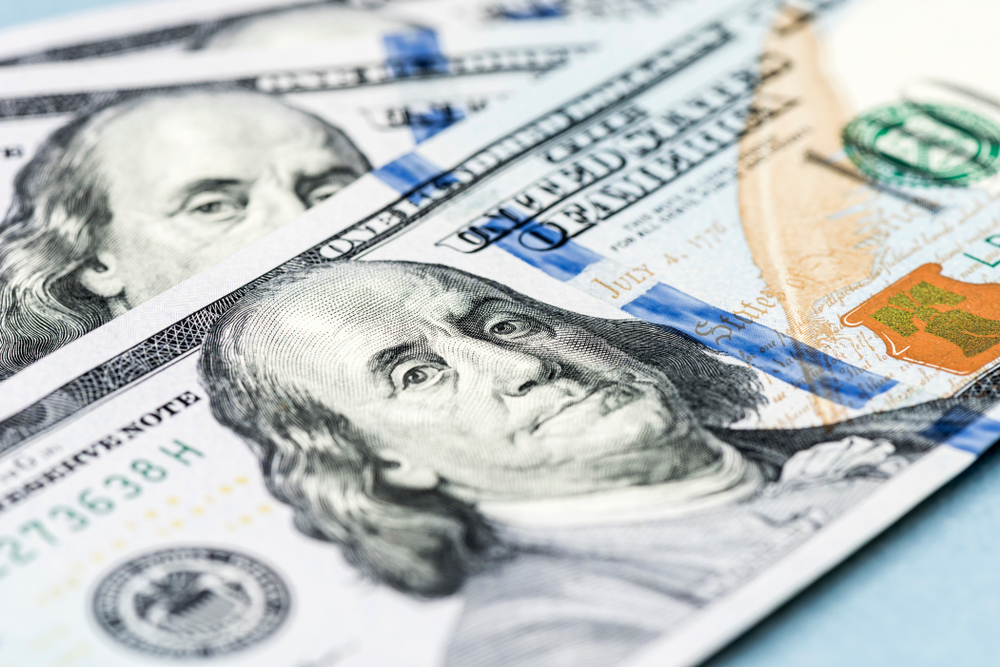Tuesday, the dollar hovered around two-week lows against a basket of currencies. This week, US employment data will be closely watched by investors for clues about when the stimulus will be reduced. In the meantime, the Chinese yuan didn’t pay much attention to the polls conducted by product manufacturers and service sectors.
Following Friday’s remarks by Fed Chairman Jerome Powell, which offered no signals about when the central bank will stop buying assets, the US currency has stabilized.
Comments by Jerome Powell.
In response to the comments by Fed Chairman Jerome Powell Friday, the dollar’s allure broadened. However, the central bank will remain cautious.
Dollar indexes, which indicate the relative value to its major competitors, dropped in response. It reached a two-week low at 92.595 and then stabilized at 92.69 and ended up with little change over the day.
The euro traded at $ 1.1800, remaining stable throughout the day but close to the three-week high reached in Asian trade at $ 1.1810.
Weaker jobs statistics, due to be released on Friday, might strengthen arguments for postponing a decision until December – a preliminary announcement in November and a final decision after that.
As a result of end-of-month business flows, traders predict Tuesday’s trade will be particularly active.
As of August 6, the dollar was at its highest since August 6 at $1.1825 per euro.
Consumer prices for the eurozone are due to be released at 09:00 GMT and are expected to show modest inflation in August.
The pound gained to $ 1.3794, while the yen gained less at 109.80 yen per dollar.
The dollar index stood at 92.497, the lowest level in two weeks.
Chinese yuan remains stable at 6.4666 per dollar
While the offshore Chinese yuan remained mostly stable at 6.4666 per dollar, close to a three-week high of 6.4595 hits Friday, despite the release of the country’s PMI, according to the data, the economy is under increasing pressure.
Manufacturing activity grew at a slower pace this month, as the manufacturing PMI fell to 50.1 from 50.4 last month. Due to coronavirus-related restrictions, the non-manufacturing PMI fell to 47.5 in August, the lowest reading since February 2020.
There is also a vague hope of a thaw in diplomatic relations between the United States and China, as US Climate Envoy John Kerry is scheduled to visit Tianjin and the US Treasury Secretary is reportedly considering a visit to China, she said.
Often viewed as a bet on the Chinese economy, the Australian dollar increased to $ 0.7328.
A three-week high of $ 0.7063 was reached by the New Zealand dollar, up 0.6%. According to analysts, the move was caused by the closure of short Kiwi stop-loss positions against the Australian dollar.
The continued rise in cases of the virus and confidence in China and the United States this week will update the picture of the global economy as it faces headwinds from the virus.
On Friday, the nonfarm payroll report was closely watched by the markets, especially the timetable for a possible Fed cut.


